It’s that time of year again, when thousands of fans crowd narrow mountain roads and camp out in fields for a brief glimpse at the hundreds of riders who will pass by at speeds that seem impossible to those who huff and puff their way through a morning commute.
This is the Giro d’Italia, one of the world’s premier cycling competitions and one of the biggest events in the Italian sport calendar. But for those who’ve never watched the race, the whole process can be baffling.
Why does one race take nearly a month? How can there be teams in a bike race? And why does everyone care so much about a pink jersey?
Fear not — here’s your guide to understanding the three glorious weeks of the Giro d’Italia.
What is the Giro d’Italia?
There have been over 100 editions of the Giro, as it’s more familiarly known, since it began in 1909. It’s preceded in antiquity only by the world-famous Tour de France.
READ ALSO: SEVEN famous events in Italy you don’t want to miss this spring
Like that competition, the Giro was started to drum up subscriptions for a newspaper, the Gazzetta dello Sport, whose pink pages inspired the colour of the jersey worn by the race leader (more on that below). It’s run continuously since then, breaking only for the First and Second World War.
Together with the Tour de France and Spain’s Vuelta a España, the Giro is one of the three grand tours of professional cycling — epic long-distance races that mark the pinnacle of the sport.
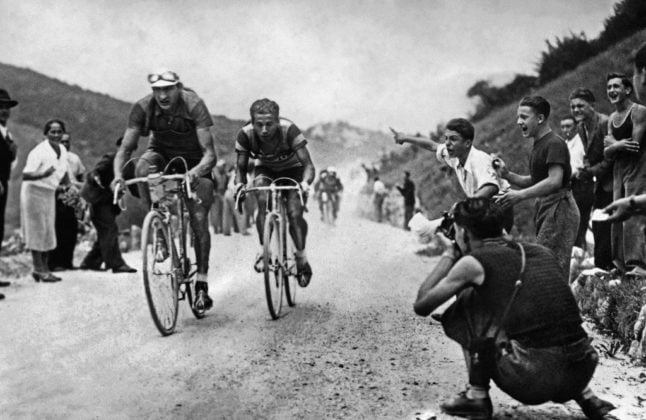
As the first race in the calendar, the Giro is notorious for its iffy spring weather and difficult Alpine climbs, which fall in the last week of this three-week long race. It’s so notoriously difficult that the sport’s top competitors sometimes give it a pass to be in better shape for the Tour de France just four weeks later, often making for a more competitive race.
It’s been won by Italians 41 times, but in recent years an Italian has claimed the crown only twice — Vincenzo Nibali, nicknamed ‘Lo Squalo‘ (The Shark) for his aggressive style, won in 2013 and again in 2016.
Where does it go?
Each year, the Giro d’Italia follows a different path, engineered from classic cycling routes by race planners.
Cyclists cover roughly 3,500 kilometres over 21 stages of different lengths and difficulties, from the punishing peaks of the Dolomites to the breezy coastal roads of the Italian Riviera.
READ ALSO: Six Italian walking holiday destinations that are perfect for spring
The race usually also includes at least one time trial, in which cyclists ride a shorter route alone and compete for the quickest time.
The race begins with a grande partenza, which occasionally takes place in an entirely different country. In 2018, the race even left Europe, taking riders to Israel for its first three stages.
The route is designed to test riders’ all-round capability, punishing those who specialize in speed on flat land or endurance on the mountains. The overall winner is often one who can handle a little bit of everything — and who is blessed by the luck to safely navigate slippery slopes and massive crashes in the Giro’s famous spells of bad weather.
How does it work?
But how does one actually win the Giro d’Italia? Technically, there are many routes to victory. In fact, riders are technically competing in as many as five different competitions simultaneously, called ‘classifications’.
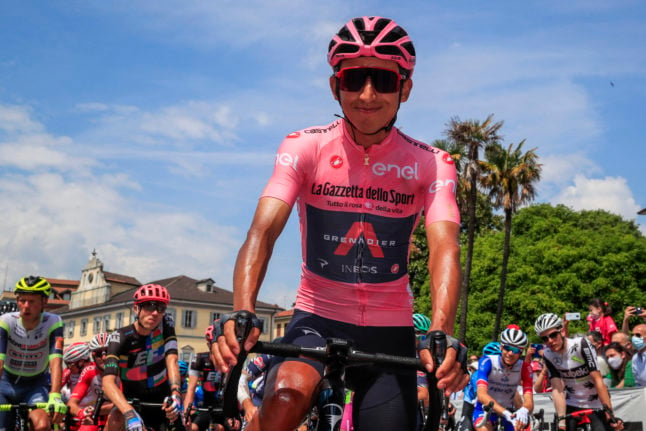
The big prize is the general classification or ‘GC’, which is awarded to the rider with the lowest overall time after all 21 stages. Throughout the race, whoever is currently leading dons the pink jersey or maglia rosa.
But there are other prizes to fight for. For those cyclists who excel in the mountains but struggle to keep up with the fastest on flat land, there’s the ‘mountain classification’, with points awarded at the summit of each climb based on its difficulty. The holder of that title wears the blue maglia azzurra.
For those who specialise in flat-out speed, there’s the sprint or ‘points classification’. Points are awarded here for placing highly on individual stages, which usually doesn’t translate to the lowest overall time.
A rider who regularly sprints to win stages but falls badly behind on the mountains can still wear the mauve maglia ciclamino. Of course, the first to cross the finish line also claims the stage win — a prize in its own right.
There’s also a classification for the best young rider under 25, who wears the white maglia bianca. And there’s a ‘teams classification’ for the lowest overall team time.
Who are the teams?
What’s that you say? There are teams in cycling? Indeed there are, and it’s one of the things that is often most confusing to new viewers.
Professional cyclists ride for teams named for their sponsors, which often change year to year, and yield unwieldy names like the Belgian outfit Intermarché–Circus–Wanty.
Each team will bring together riders with different strengths, from climbers who can excel in the mountains to sprinters who will bring their sponsors glory in a photo finish.
But cycling at this level is also a team sport. Riders need constant fuel in the form of food and water, which must be retrieved from team cars at a cost of time and energy. This thankless grunt work is done by riders called domestiques or, in Italian, gregari, from the word for ‘gregarious’.
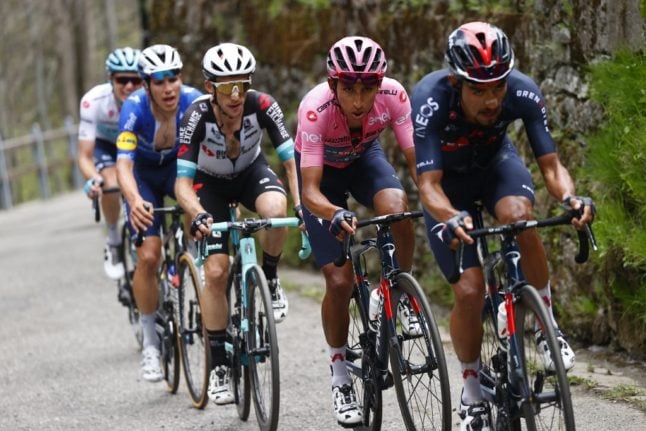
These riders also work as moving windshields for their GC contenders, who can save as much as 30 percent of their energy while drafting behind a teammate.
How can I watch it?
Now that you know the route and the players, you can enjoy the race — and there’s a reason professional cycling is known as ‘chess on wheels’.
For most of the race, the bulk of the 150 or so riders will be in one large group called the gruppo or peloton, while a breakaway group rides a minute or two ahead up the road.
These breakaway riders usually get caught before the stage’s end. But don’t be sad for them — they know the drill, and are doing it for their sponsors, or for a brief moment in the limelight.
The important thing to keep an eye on is the time gaps, especially between the maglia rosa and his nearest competitors. Usually, the race is won with daring breakaways on difficult mountain stages where a rider times his charge carefully and out-thinks his opponents — and of course, relies on the hard work of his gregari to give him an extra edge.
Even if you’re not so fond of cycling, the Giro d’Italia is a competition for all lovers of Italy. Tune in, and you’ll see wild fans, daring descents, and breakneck sprints — but also unbroken hours of Italy’s most gorgeous landscapes.
In Italy, you can catch the Giro d’Italia for free on RaiSportHD (channel 57 on Italian TVs) or on streaming platform RaiPlay. The race is also broadcast by Eurosport, though you’ll have to purchase a monthly pass to watch the contest.
This year’s Giro starts on Saturday, May 6th, and ends on Sunday, May 28th.



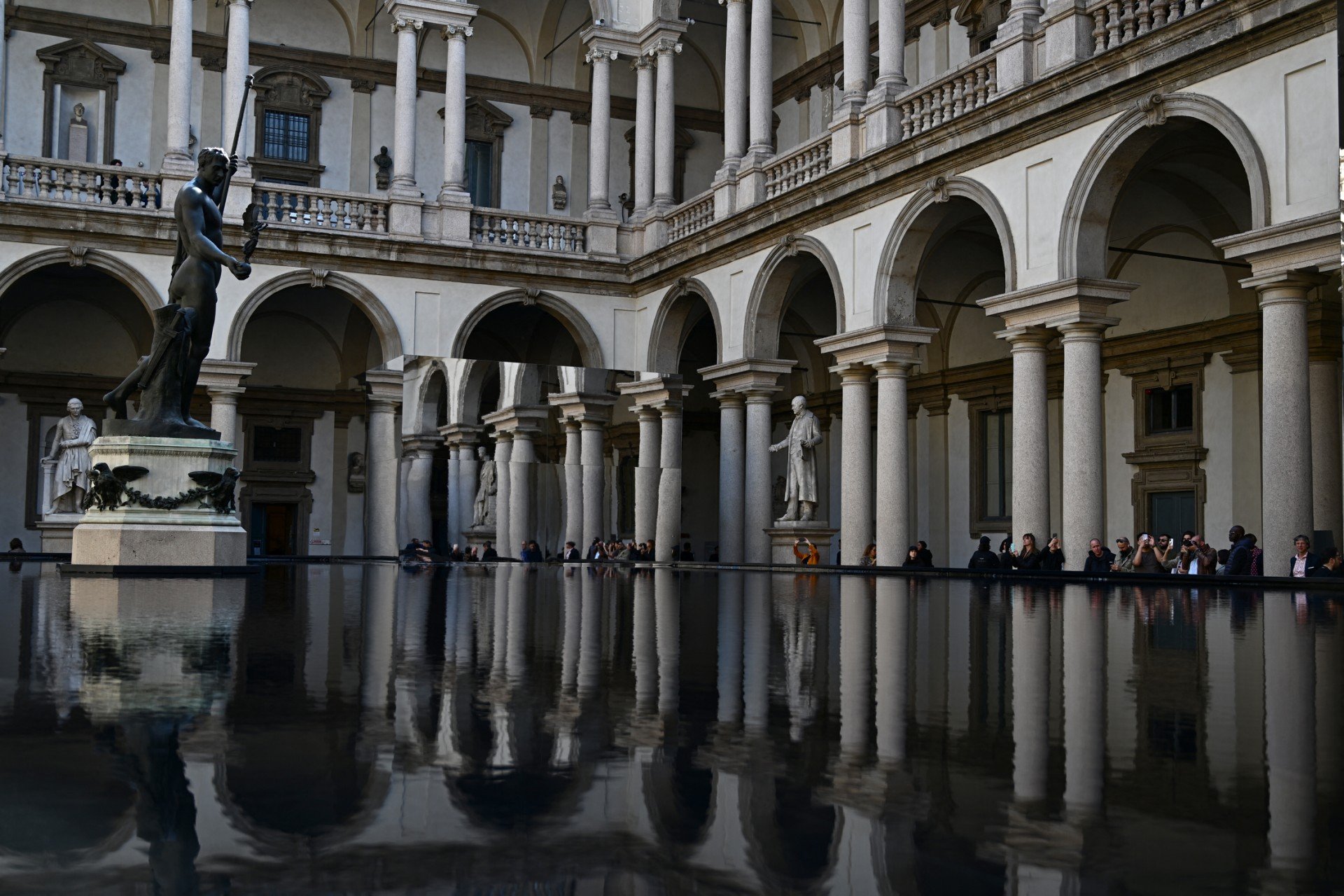
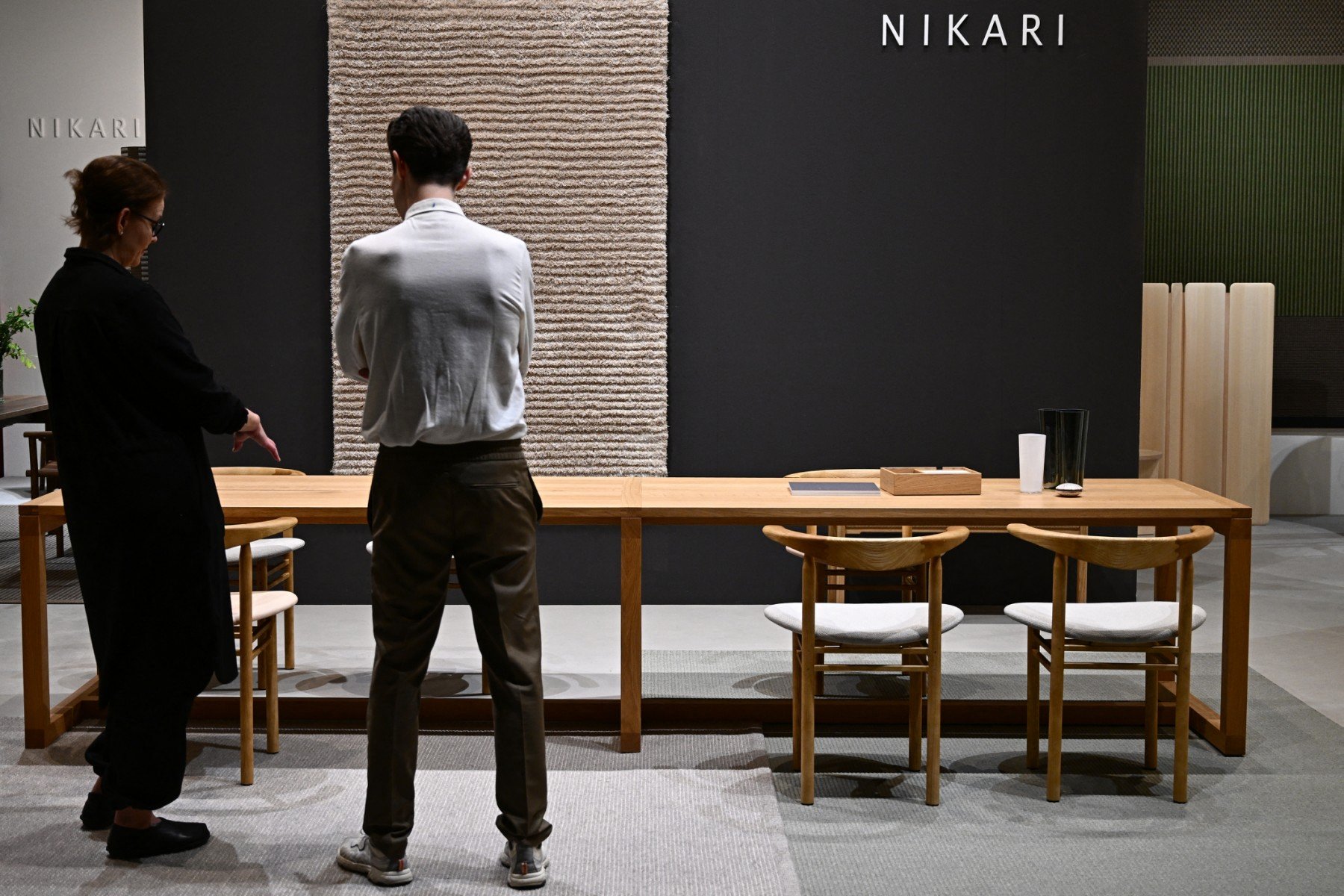
 Please whitelist us to continue reading.
Please whitelist us to continue reading.
Member comments